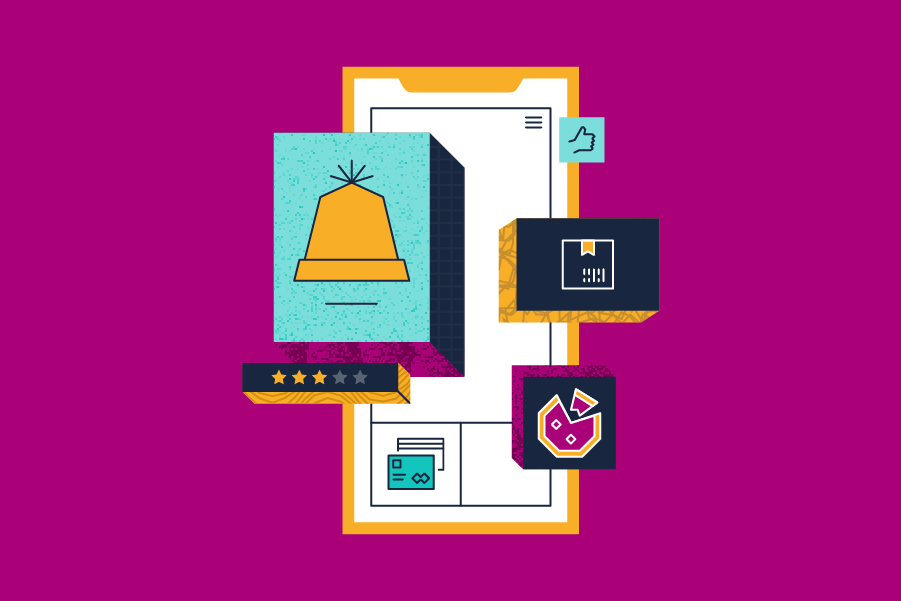What is appropriate friction?

For our Future of the Digital Checkout report, we surveyed over 4,500 consumers in the UK, EU and US to determine which factors are essential at the checkout. One interesting finding was that 56% of all customers say they want a slower online purchasing time rather than skipping ahead to the purchase.

When asked why this was the case, customers gave the following responses.
|
Why do you sometimes prefer a slower checkout? |
|
% Of responses |
|
It gives me more time to reflect if I’m spending a lot of money |
|
54% |
|
I like to mirror the in-store shopping experience, so I spend time thinking about what I’m buying |
|
78% |
|
If I’m rushed to the payment, I don’t trust the website as much |
|
60% |
|
I like to be confident that I have bought the right thing |
|
34% |
One of the more fascinating findings is that over three-quarters (78%) of people tend to shop in the same manner that they would in-store. The common consensus is that online shopping is different from in-store, but this statistic shows that such preconceptions exist more in the minds of retailers than customers. Adding touchpoints to offer more information as a salesperson could be beneficial to the long-term sale of products. Such touchpoints can be positive features rather than something which prevents customers from reaching the end of the checkout.
Being able to reflect on a purchase is vital for customers too. Over half (54%) of people want time to reflect on big purchases, and 34% want to ensure they’ve bought the item most suited to their needs. Rushing customers through a checkout is also a poor way to engender trust, as 60% of shoppers will not trust a website as much if they get pushed through the purchase journey.
What is appropriate friction?
Stemming from this finding, we’ve started to acknowledge the concept of appropriate friction when it comes to eCommerce checkouts as the notion that in some circumstances, customers won’t want to be shoved through a speedy checkout and will appreciate having the time to absorb the information.
Much of the built online experience comes from the faulty notion that people have short attention spans. However, over time the error has been to assume that having a short attention span for something novel (e.g., a display ad for a product a consumer has never seen before) will mean a short attention span for products that genuinely interested them. Correcting this folly in many online checkouts will go a long way to providing consumers with the valuable information they need to purchase, thereby increasing conversions over time.
Want to learn more about appropriate friction and the current state of online checkouts? Download our latest report now and read through the findings for yourself.
Download our report